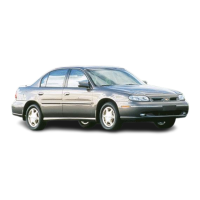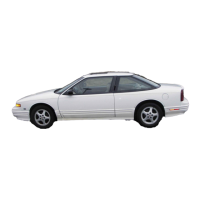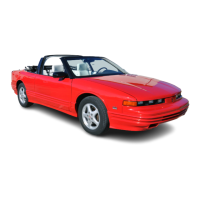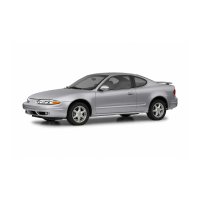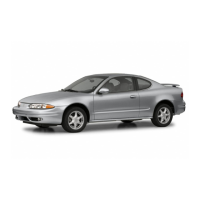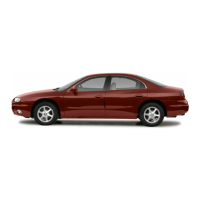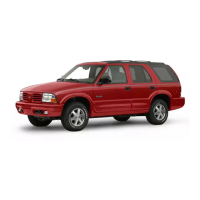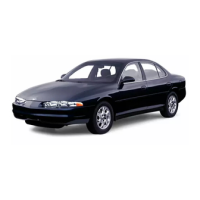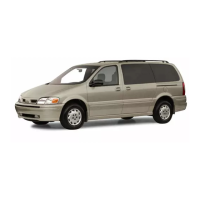Bias and bias-belted tires should be rotated
at least each 7,500 miles
(12000
kilo-
metres). Radial tires should be rotated at
the first 7,500 miles (12 000 kilometres)
and then at least every 15,000 miles
(24000
kilometres), or whenever uneven
tire wear is noticed.
NOTICE: Bmkes should be inspected for
wear when the tires
are
rotated.
After rotation, be sure
to
check wheel nut
tightness (see "Jacking Instructions") and
adjust front and rear tire pressures. (See
Tire Placard.)
CAUTION: Before installing aluminum
wheels, any build-up
of
corrosion
on
the
wheel mounting surface and brake drum
or disc mounting surface should be
removed by scraping and wire brushing.
Installation
of
aluminum wheels
without good metal-to-metalcontact at
the mounting surfaces can cause wheel
nuts to loosen, which can later allow the
wheel
to
come
off
while the car is in
motion, causing possible loss
of
control.
ALIGNMENT
AND
BALANCE-Proper
front-end alignment improves tire tread
mileage. Your car's front-end suspension
parts should be inspected often
and
aligned
when needed.
(See
the Maintenance
Schedule folder for more information.)
Ball-jOints
have
built-in wear indicators and .
some movement in
the
joints is normal.
Improper alignment will not cause the car
to
vibrate.
However, improper toe
alignment will cause front tires to roll
at
an
angle, which will result in faster tire wear.
Incorrect caster or camber alignment will
cause your front tires to wear unevenly and
can
cause the
car
to "pull" to
the
left or
right.
Proper tire balancing provides the best
riding comfort and · helps
to
reduce tire
tread wear.
Out-of~alance
tires
can
cause
annoying vehicle vibration and uneven tire
wear such as cupping and flat spots.
TRACTION-A decrease in driving, cor-
nering and braking traction occurs when
water, snow, ice, gravel
or
other
rna
terial
is
on the road surface_ Driving practices and
car
speed should be adjusted to the road
conditions.
When
driving on wet or slushy roads, it is
possible for a wedge
of
water to build up
between the tire and road surface. This
is
known as hydroplaning and may cause
partial or complete loss
of
traction, vehicle
control and stopping ability. To reduce the
chance
of
traction loss, follow these tips:
1. Slow down during rainstorms or when
roads are slushy.
2. Slowdown
if
road has standing water or
puddles.
3.
Replace
tires when tread wear
indicators are showing.
4. Keep tiresproperIyinflated.
If your .
car
is
equipped with radial tires
with a
TPC
Spec. No. (Tire Performance
Criteria Specification Number) molded
into the sidewall near the tire
size
marking,
your tires were designed
to
provide better
snow
traction than bias or bias belted tires
without snow tread. However, if you equip
your car with snow tires,
use
snow tires
of
the
same
size, load range, and construction
type (bias, bias-belted, or radial) as your
other tires.
Car
speeds should
be
limited to
75
mph (120 km/h)
if
snow tires are used.
CAUTION: Do not mix different
construction types
of
tires on your car
such as radial, bias, and bias-belted tires
except in emergencies, because the car's
handl,
ing
could be affected and may
73
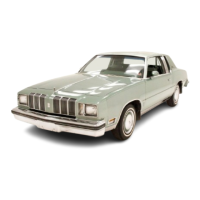
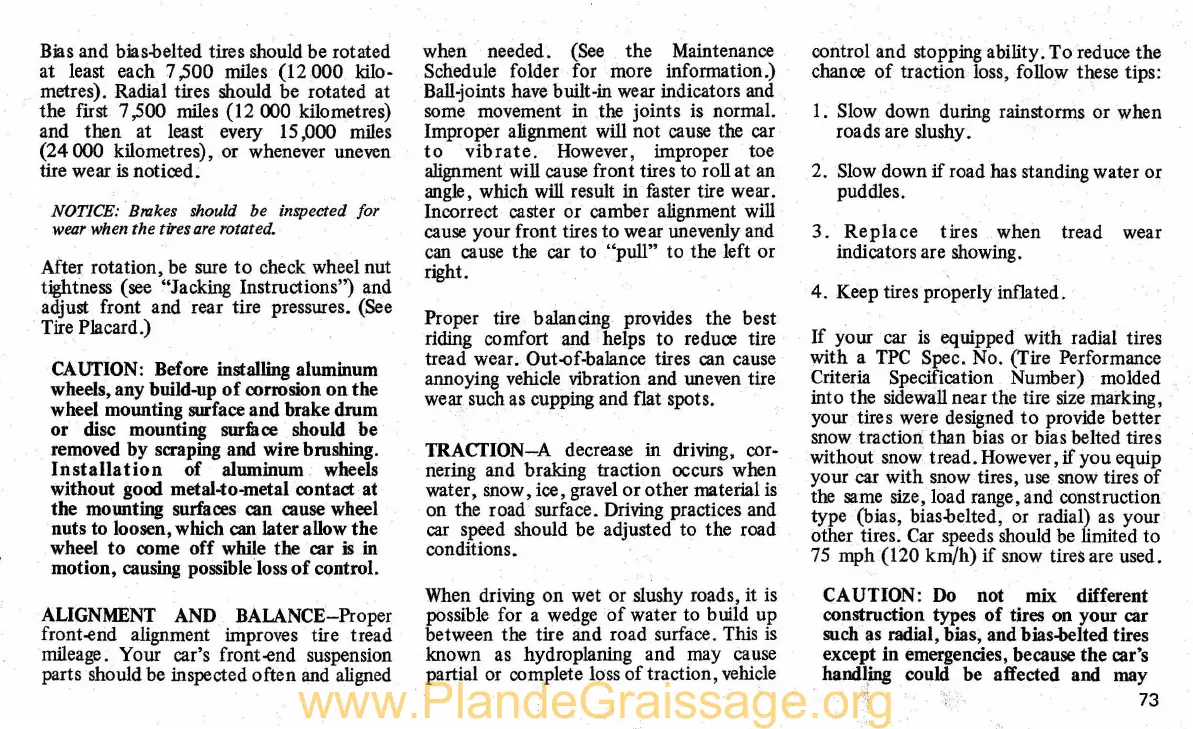